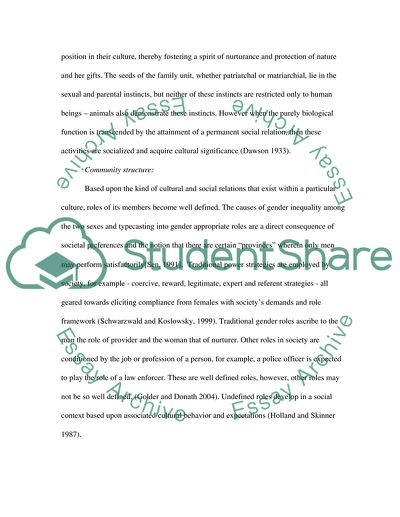Cite this document
(“Competing Notions about Ideal Systems for Family and Community Organi Essay”, n.d.)
Competing Notions about Ideal Systems for Family and Community Organi Essay. Retrieved from https://studentshare.org/sociology/1702845-to-examine-competing-notions-about-the-ideal-systems-for-family-and-community-organization-the-impact-of-these-structure-on-educational-political-and-economi
Competing Notions about Ideal Systems for Family and Community Organi Essay. Retrieved from https://studentshare.org/sociology/1702845-to-examine-competing-notions-about-the-ideal-systems-for-family-and-community-organization-the-impact-of-these-structure-on-educational-political-and-economi
(Competing Notions about Ideal Systems for Family and Community Organi Essay)
Competing Notions about Ideal Systems for Family and Community Organi Essay. https://studentshare.org/sociology/1702845-to-examine-competing-notions-about-the-ideal-systems-for-family-and-community-organization-the-impact-of-these-structure-on-educational-political-and-economi.
Competing Notions about Ideal Systems for Family and Community Organi Essay. https://studentshare.org/sociology/1702845-to-examine-competing-notions-about-the-ideal-systems-for-family-and-community-organization-the-impact-of-these-structure-on-educational-political-and-economi.
“Competing Notions about Ideal Systems for Family and Community Organi Essay”, n.d. https://studentshare.org/sociology/1702845-to-examine-competing-notions-about-the-ideal-systems-for-family-and-community-organization-the-impact-of-these-structure-on-educational-political-and-economi.


